The Red Sea project, an ambitious sustainable tourism project, will be around the size of Belgium once complete. The Red Sea has already passed significant milestones and work is on track to welcome the first guests. Once complete in 2030, The Red Sea will consist of 50 resorts and more than 1,000 residential properties across 22 islands and six inland sites. It will also include an international airport, luxury marinas, golf courses, entertainment, and leisure facilities.
Sustainability also underpins the development of Amaala, another Saudi giga-project. Spanning 4,155 square metres of the Saudi Arabian coastline, Amaala will include three locations. These are Triple Bay, The Island and The Coastal Development. It will feature 3,000 hotel rooms, 25 hotels and 900 residential villas, apartments and estate homes. They will be complemented by retail, fine dining, wellness, culture, and recreation facilities.
Access the greenloop 22 recordings
hereAt greenloop 2022, blooloop's virtual conference exploring sustainability in the attractions industry, Raed Albasseet of Red Sea Global ( RSG ) spoke about the sustainability and environmental ethos underpinning these two giga-projects.
Delivering sustainability at the Red Sea project and Amaala
Raed Albasseet became head of corporate environment and sustainability at RSG in May 2018. Previously, he also served as Saudi Aramco’s international environmental policies and regulatory lead. His role includes helping the giga-projects to meet ambitious sustainability goals in line with global performance standards while protecting important ecosystems.
He has been leading both companies in integrating pragmatic solutions to overcome complex environmental assessment and enhancement issues to satisfy UN sustainable development targets.
“I lead the development company’s large environmental sustainability team. We are currently working on two giga-projects, which are tourism developments on the Red Sea coast,” he explains:
“We are in this unique position where we have the support of the government. His Royal Highness, Crown Prince Mohammed bin Salman is the chairman of the board. The Minister of Environment and Minister of Tourism are part of the board. This level of support from the government is the key enabler for us. It allows us to deliver on the development agenda for the projects, and also the sustainability and environmental protection agenda."
"The development company is overseeing both projects. Both aim to set new standards for sustainable development in the region and internationally. They are both leisure destinations created on the world's hidden natural treasures. And they are both in pristine locations that have never been inhabited before.”
Putting the Kingdom on the tourism map
These projects aim to put Saudi Arabia on the global tourism map.
At 28,000 square kilometres, the Red Sea Project on the Western coast of Saudi Arabia between the cities of Umluj and Al Wajh is one of the most ambitious tourism development projects ever. It includes 200km of coastline and an archipelago of 90 untouched islands, dormant volcanoes, desert, mountains, natural treasures and a rich variety of wildlife. The Red Sea is one of the world’s most exquisite marine environments."
“It is a project that revolves around world-class amenities. There will be a full spectrum of retail, sports and entertainment, as well as health and wellness offerings,” he says. “It includes a wide range of activities, including desert safaris and sports. The local culture and heritage are a key part of the tourism offering.”
Wellness and luxury
The aim of Amaala is to evolve and elevate the very best in travel. Located along Saudi Arabia's northwestern coast, this will be a global wellness ultra-luxury destination. It will focus on transformative personal journeys inspired by wellness, arts and culture, as well as the purity of the Red Sea.
Albasseet explains:
“Amaala is a little more focused on a comprehensive wellness service in one destination; an ecosystem of industry leaders concentrated in one location in order to offer an ultra-luxury hospitality offering that is personalised for the guests. The projects are close, and each complements the other."
"The Red Sea Project’s market positioning is barefoot luxury. It's a much more island-based destination. Amala is more of a coastal development destination focused on being a wellness haven for tourists and guests.
The Red Sea Project is about 50 hotels, around 8000 keys, and 1300 residential units. The Amaala project is 25 hotels, 3700 keys, and about 700 residential units.
Sustainability is a key concern for Red Sea projects
Commenting on a differentiating factor of the projects, Albasseet says:
“A key enabler that is being supported by the government is the establishment of a special economic zone for both areas. This will bring in a separate legal system that encourages investment focused on the tourism industry. It aims to establish relaxed social norms and ease around some of the bureaucracy in terms of doing business.
"One of the key pillars of the special economic zone is the establishment of a regulatory authority to govern environmental compliance and environmental enhancement in that zone. There will be specific rules, regulations, and standards focused on the activities in that zone."
He adds:
“Another pillar is the destination-wide smart infrastructure and services that are applied in both projects. A good network of these technologies will enable environmental monitoring and the measurement of performance so that we know where we need to make changes in terms of delivering on our commitments and goals.”
While the system is intended mainly to enhance environmental stewardship, it also enhances the guest experience, drawing Red Sea and Amaala guests into the sustainability journey.
“It informs them about their carbon footprint, and about what has been done in order to prepare for their visit to these destinations.”
Pristine environments
Touching on the beautiful environment in which the projects are located, he comments:
“It is a special environment, unique to Saudi. We have mangrove forests spreading around that area. We have a magnificent coral reef that is still thriving, and there is a large amount of seagrass. The islands feature vegetation, marine mammals and birds. The area is very important for some migratory birds.”
This is the background to the vision for sustainability at the Red Sea project and Amaala:
“The board of directors have said that the vision has to be regenerative. This means that we need to enhance the habitats in ways that continually renew the environment and the offering, through direct investment in the environment, in the habitat, and also in the social and cultural aspects of the destination.
"The strategy needs to be innovative, focused on sharing knowledge and engaging with stakeholders. But it must also own the responsibility for delivering on these commitments wholly for the whole area.”
Red Sea projects engaged with sustainability from the start
In order to move beyond the established standards in the region, he explains that the company engaged with scientists at the very beginning of the process:
“Rather than the engineers, architects or the master planners, the first team that the company engaged with were the scientists. We partnered mainly with King Abdullah University for Science and Technology, for their expertise in environmental protection, enhancement and conservation. We wanted to understand the impacts. But we also wanted to understand our area as well. We partnered with them in putting in place a unique governance model, integrating a value-driven approach.”
This involved integrating indirect environmental enhancements into the design from the get-go:
“Innovation is a key pillar in terms of delivering on our environmental commitments.”
Protecting endangered species
Outlining the environmental profile of a large lagoon where the Red Sea Project is being developed, he says:
“There is a distribution in and around the islands of birds and endangered species. For example, the hawksbill and the green turtle. There are the thriving corals, the abundant seagrass, and the life in the critical mangrove concentrations."
"I was lucky enough to be one of the first people to join the company from the environmental and sustainability side and to be part of the journey of master planning for the Red Sea project. I recall us going back to square zero many times to master plan the concept of how we should approach the development on the island, how we should spread that development around all of the islands, and the appropriate level of development.”
Leaving areas untouched
Using Dream Island, one of the largest islands, as an example, he says:
“As we started to receive survey reports and information from the scientists, the planned level of development went down from over 1800 keys to 750 keys, with no residential unit available on the island."
"Another example is an island where, after getting information about its sensitivity, the presence of wildlife on the island, and its importance to the ecosystem, we decided the island would be set aside for conservation. This was followed by the largest published environmental planning and marine spatial planning exercise that has been done on a real project of this size.”
Sustainability in operations at the Red Sea projects
They realised the highest risk that would be incurred by the ecosystem would come from the operational phase, rather than the design or construction:
“The operational phases are the most critical. This exercise showed us that we can achieve 30% net conservation benefit and enhancement over the next 20 to 30 years in the ecosystems of Red Sea and Amaala, mainly by the removal of existing pressures that are already having a negative impact on the environment that we are developing. We have also decided that out of the 90 islands, we are only going to develop 20 to 22 islands.”
This means 75% of the islands will be left completely undeveloped. Additionally, he says:
“We have set aside nine islands, recognising their importance and high value to the environment. These are now conservation islands. We control the access. So, the only visitation allowed is by scientists and conservation experts for studies on the islands.
"We have limited the visitation to the Red Sea Project to 1 million visitors per year, and 500,000 for Amaala. This refers to year-round visits when the destinations are fully up and running.”
Encouraging the wellbeing of native species
The company is making a direct investment in a number of elements to enhance the environment:
“The integrated landscape that we are creating is a complete strategy to be used in larger-scale tourism designed to encourage the wellbeing of the native species,” he explains:
“Landscaping, water and soil management are elements that we are very careful about, having coastal and island developments, in terms of irrigation and runoff. Plant quality is within our control, and we have built the largest nursery on-site in the Middle East and North Africa."
"This nursery is what is mainly helping us to deliver on the mandate. We have a mangrove restoration and expansion programme and a coral gardening programme, as well as a terrestrial habitat creation programme. Both are now in the trial and early implementation phases.”
Protecting corals
Albasseet continues:
“In terms of terrestrial habitat creation, many of the plants, shrubs and trees already in the area have suffered from serious overgrazing. We are now in control of these threats. The landscaping of the road network system, especially around the airport, is going to include these native species.
"We are establishing coral gardening now. The results of trials on the Red Sea side have promise, as do those at marine life research institutes at another site with a more serious level of investment into coral gardening, fragmentation, and plantation into the wild."
The third pillar is the regeneration of suffering coral reefs. A team is working to study the reason for the damage and then remove those pressures.
"Most of these corals are more heat resistant than other coral species. But they are suffering from evident levels of pollution. We are looking at the sources for those stresses, and working towards helping the coral reefs to thrive again.”
A mangrove restoration and expansion project is also a key part of the design:
“We are trying to integrate the creation of mangrove forests. We are enhancing existing mangrove forests to be part of the landscaping story of the design.”
Zero emissions
Moving on to the sustainability aspect of operations at both of these Red Sea projects, he says:
“Both destinations will be free of single-use plastics. Both destinations will be carbon neutral, and there will be zero waste to landfill. Additionally, 100% renewable energy will power both projects, predominantly solar, and 100% off the grid.”
The company will also be establishing the largest marine protected area in the region, covering over 7000 square kilometres.
“We will have net zero carbon emissions. This is partly based on being 100% renewable energy-driven. But we also have a mobility strategy that focuses on electric vehicles for both resorts,” he explains.
“Over the past three years, The Red Sea Project has become the first development in the Middle East to secure LEED platinum certification for the destination's plans and designs.”
The projects, he explains, achieve a balance between their significant contribution to the national GDP, and a serious focus on enhancing local conditions through projects such as supporting mango farmers:
“We also conduct contractor workshops and interact with the locals, offering them jobs now and for the future. We offer many other activities to ensure that we are adding to the lives of those who live nearby.
"One of the key pillars in sustainable development, for us, is offsite manufacturing, minimising environmental impact. We use a low carbon concrete that uses recycled, low-raw material.”
More plans for the future
A planned future project, he explains, is to obtain a dark-sky reserve status:
“If we succeed, we will be the largest dark sky reserve in the world. This will enable the guests to enjoy the night skies. But it will also protect the wildlife, sea turtles in particular, from the impacts of light pollution.”
The first phase of the Red Sea Project is on track for completion by the end of 2023. The 100-hectare Landscape Nursery, which will provide more than 15 million plants for the destination, is now fully operational. There are more than 7,000 workers currently on-site and 80km of new roads are now complete, including the new airport road.
Amaala’s first phase of development, Triple Bay, will finish in 2024. This will consist of six hotels and over 1,000 hotel keys. When fully complete in 2027, it will offer around 3,000 hotel rooms in around 25 hotels. There will also be 200 high-end retail establishments, fine dining, wellness, and recreational facilities, set across three unique communities.
Tickets are now on sale for greenlooop 2023, taking place online from 25-26th April. Find out more about the sustainability conference here.


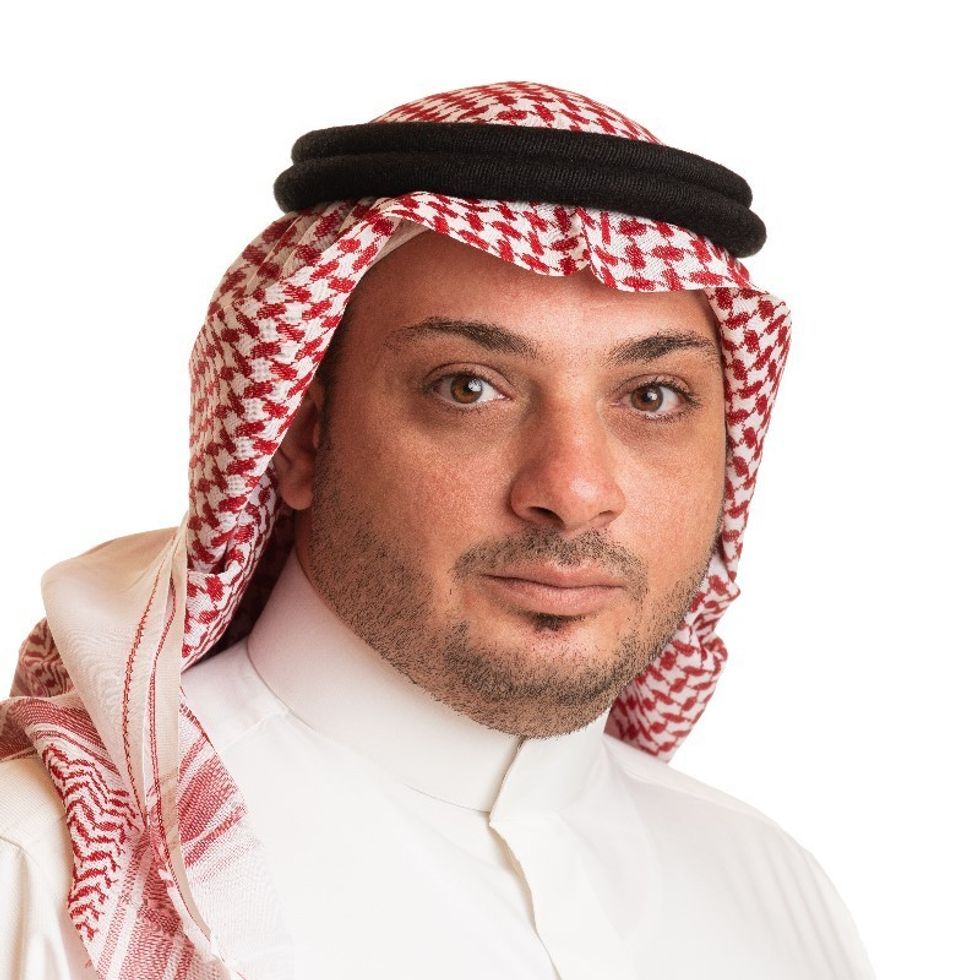
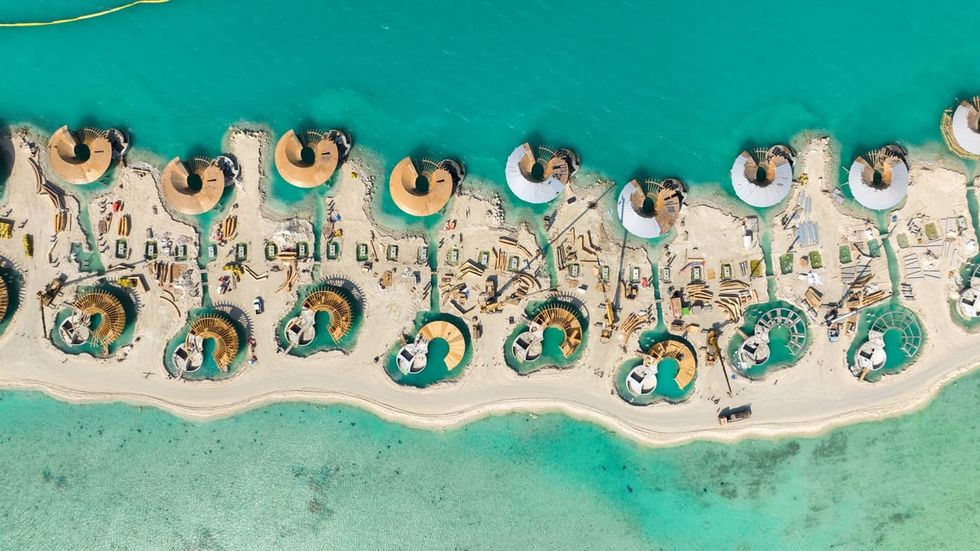
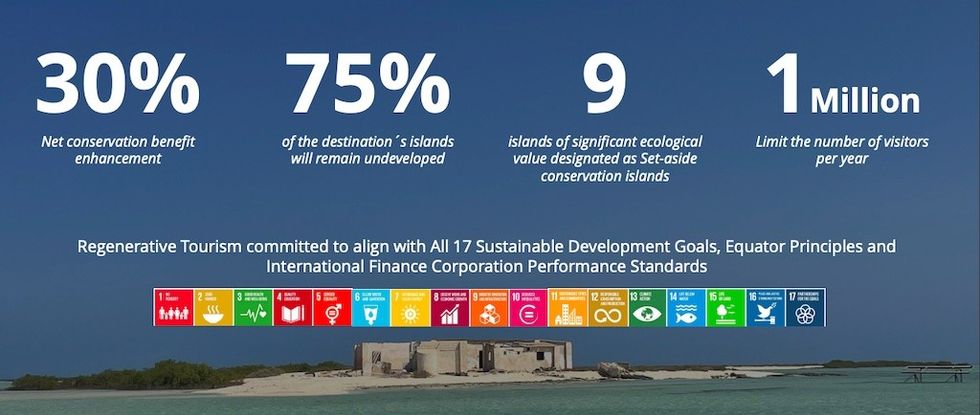

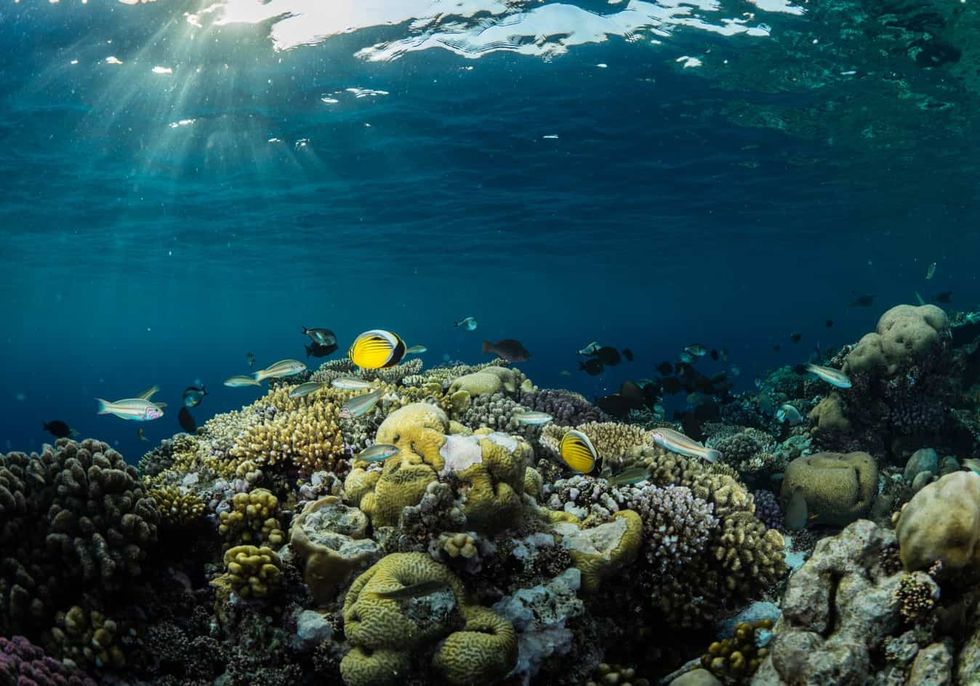
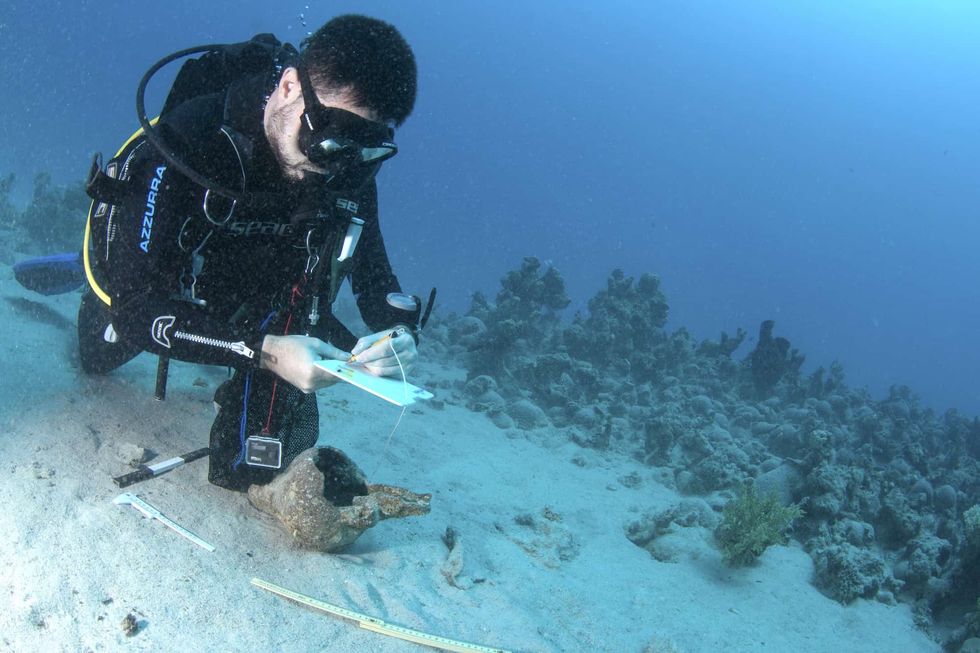
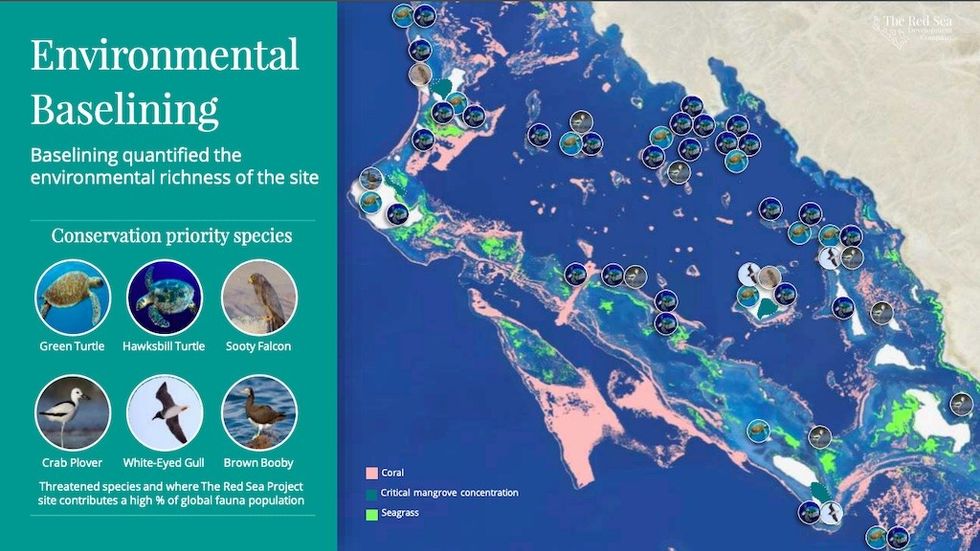
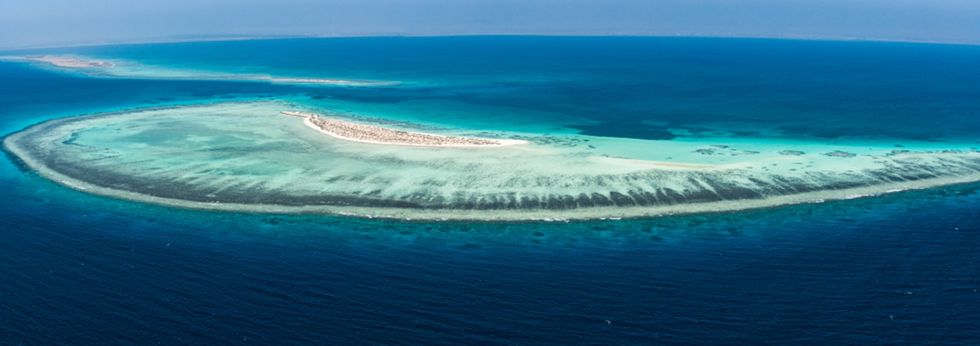
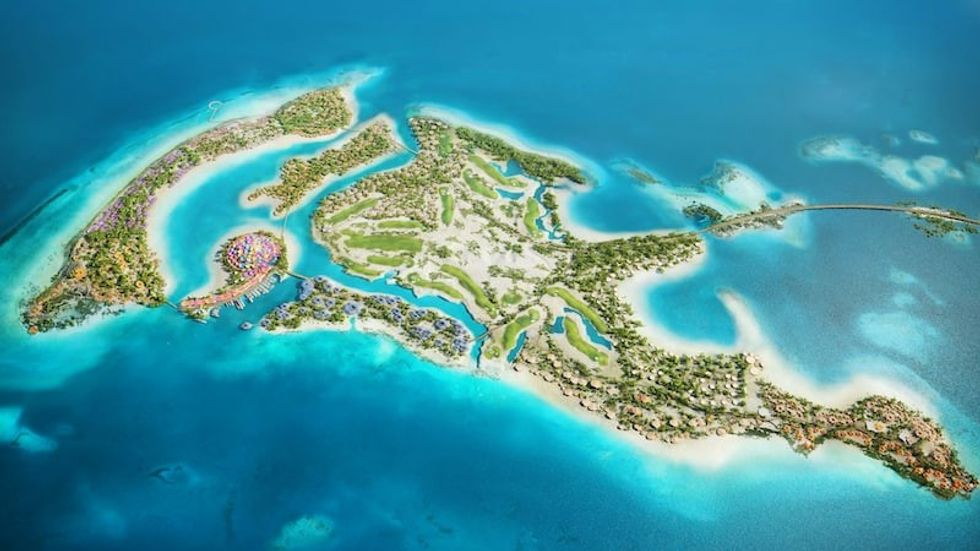
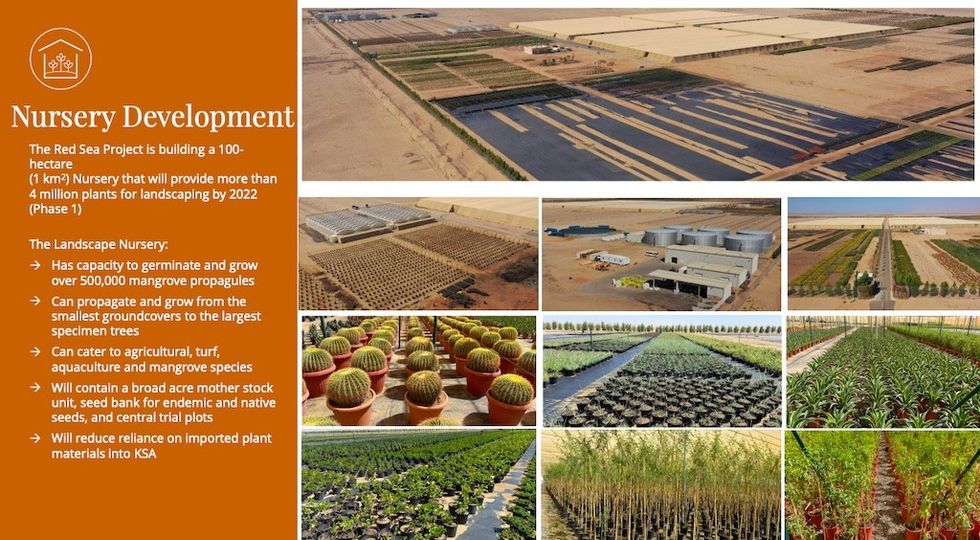
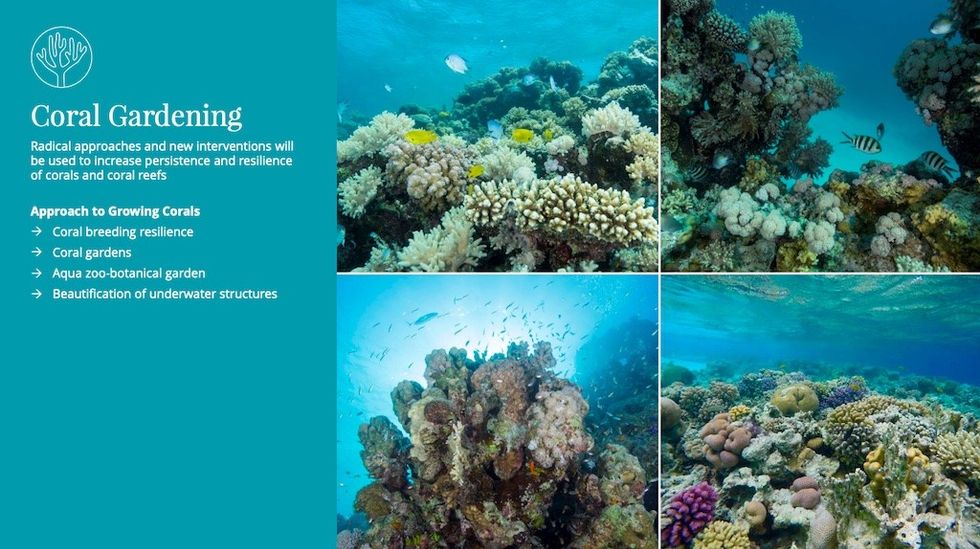
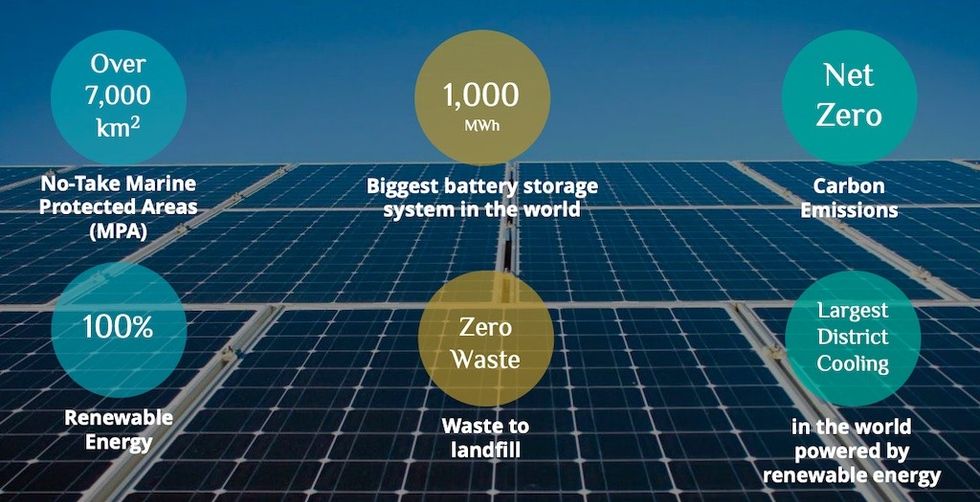
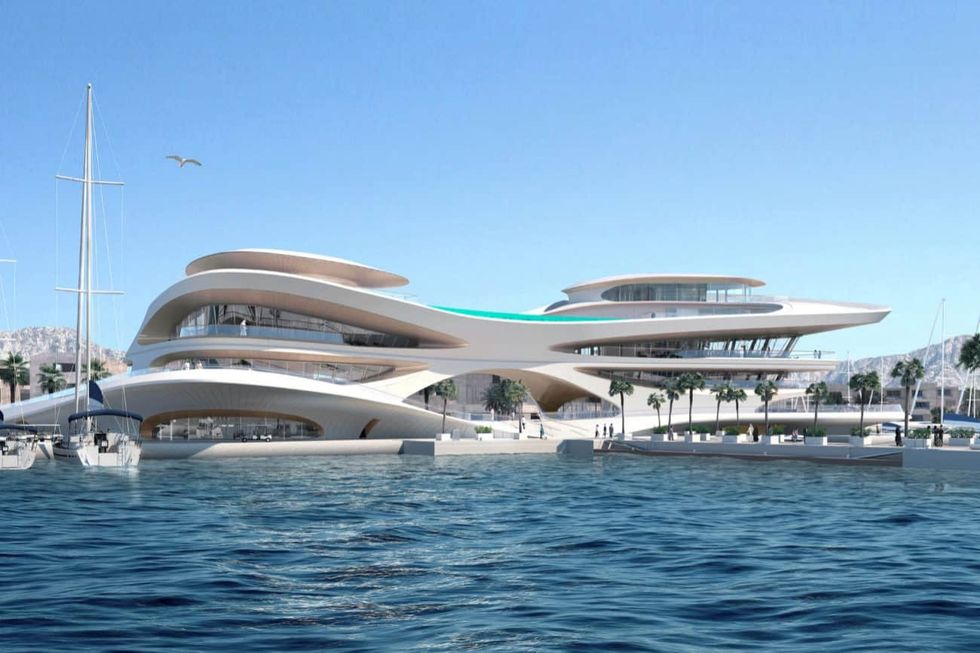
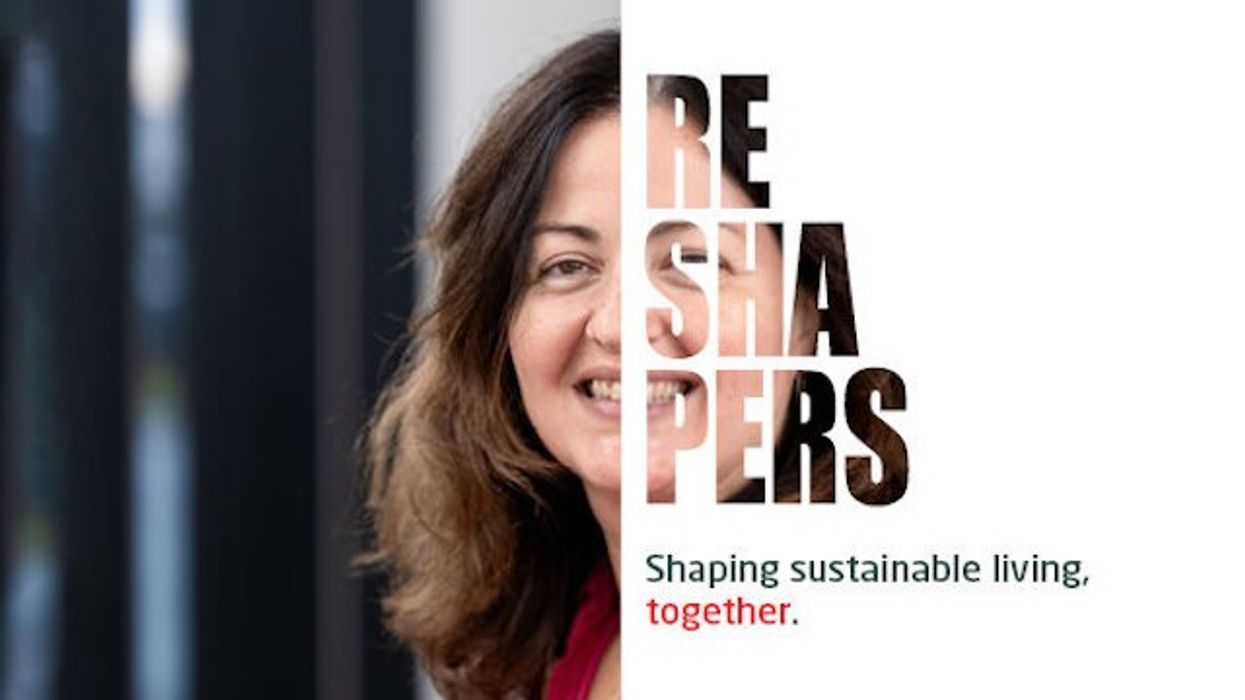
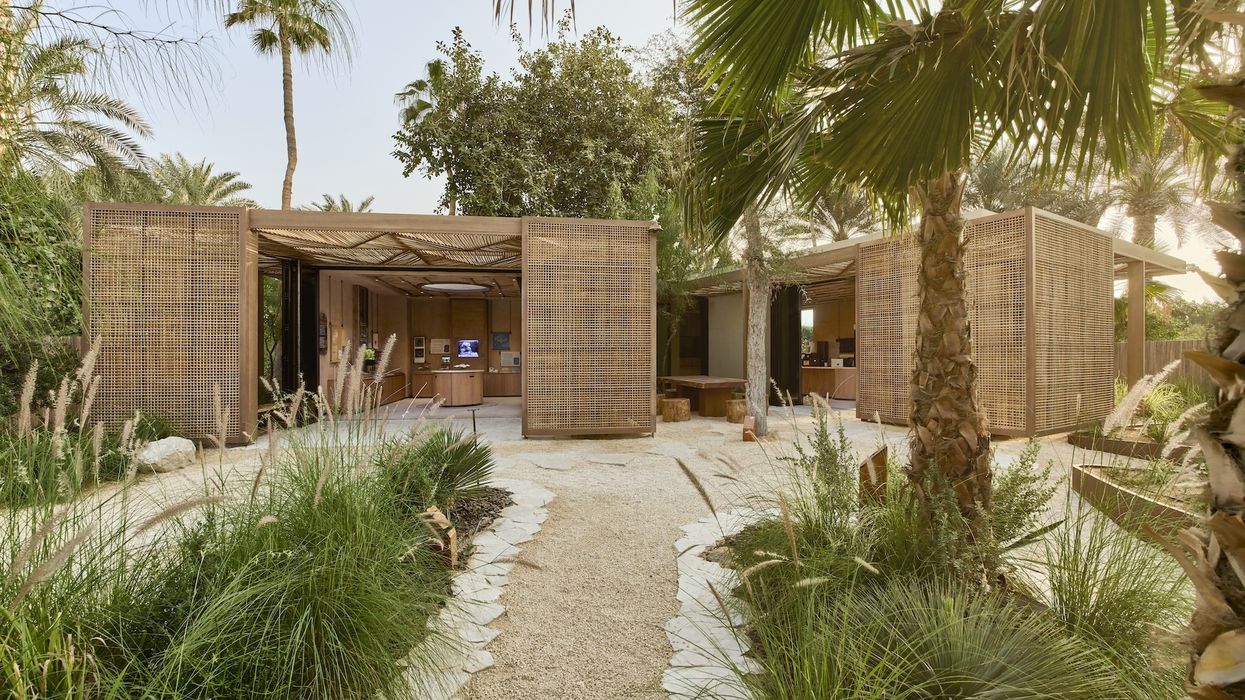

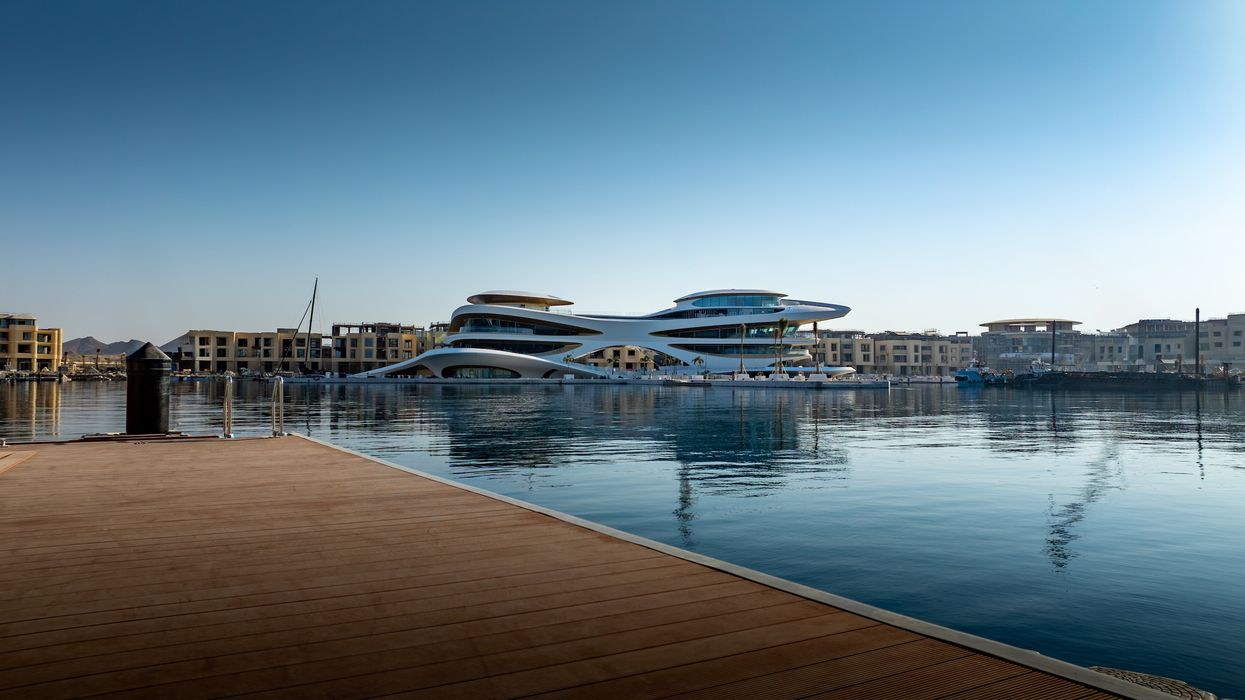

 TM Lim and Adam Wales
TM Lim and Adam Wales







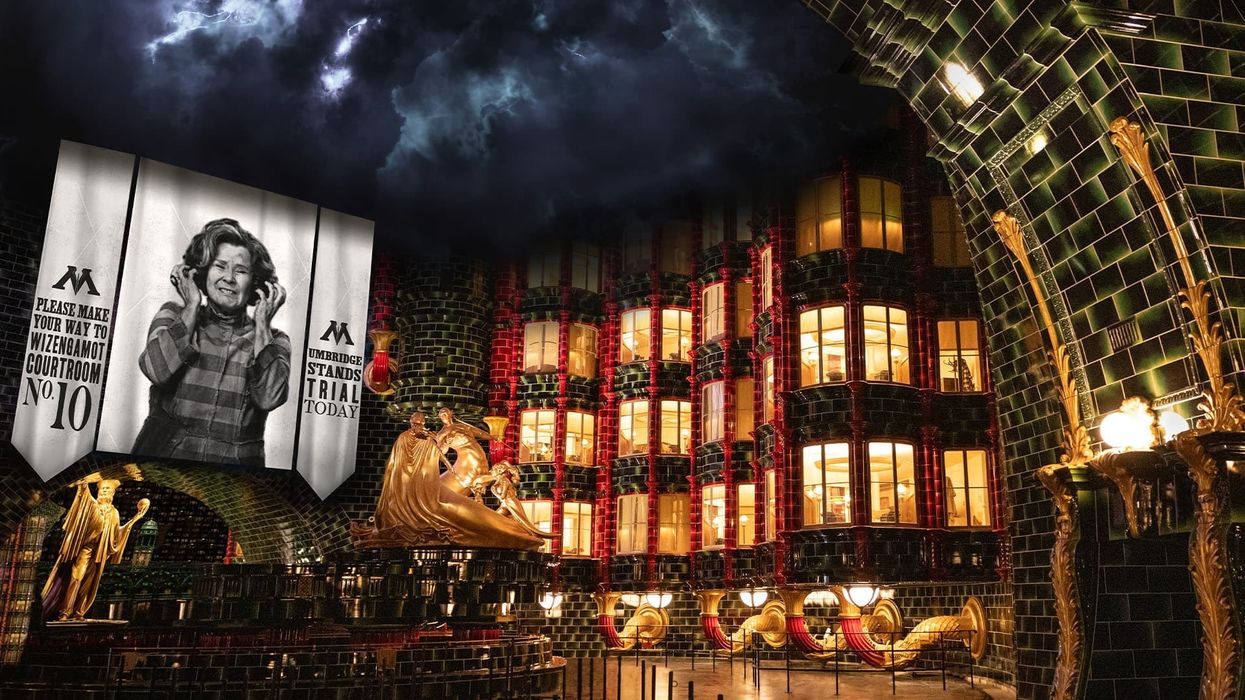

 Toby Harris
Toby Harris Hijingo
Hijingo Flight Club, Washington D.C.
Flight Club, Washington D.C.
 Flight Club Philadelphia
Flight Club Philadelphia Flight Club Philadelphia
Flight Club Philadelphia Bounce
Bounce Hijingo
Hijingo Bounce
Bounce
 Fernando Eiroa
Fernando Eiroa











 Nickelodeon Land at Parque de Atracciones de Madrid
Nickelodeon Land at Parque de Atracciones de Madrid Raging Waters
Raging Waters  Mirabilandia's iSpeed coaster
Mirabilandia's iSpeed coaster Parque de Atracciones de Madrid
Parque de Atracciones de Madrid Ferracci at the ribbon-cutting ceremony for Nickelodeon Land at Mirabilandia, with (left) Marie Marks, senior VP of global experiences for Paramount and (cutting the ribbon) Sabrina Mangina, GM at Mirabilandia
Ferracci at the ribbon-cutting ceremony for Nickelodeon Land at Mirabilandia, with (left) Marie Marks, senior VP of global experiences for Paramount and (cutting the ribbon) Sabrina Mangina, GM at Mirabilandia Tropical Islands OHANA hotel
Tropical Islands OHANA hotel Elephants at Blackpool Zoo
Elephants at Blackpool Zoo  Tusenfryd
Tusenfryd
 Andrew Thomas, Jason Aldous and Rik Athorne
Andrew Thomas, Jason Aldous and Rik Athorne







